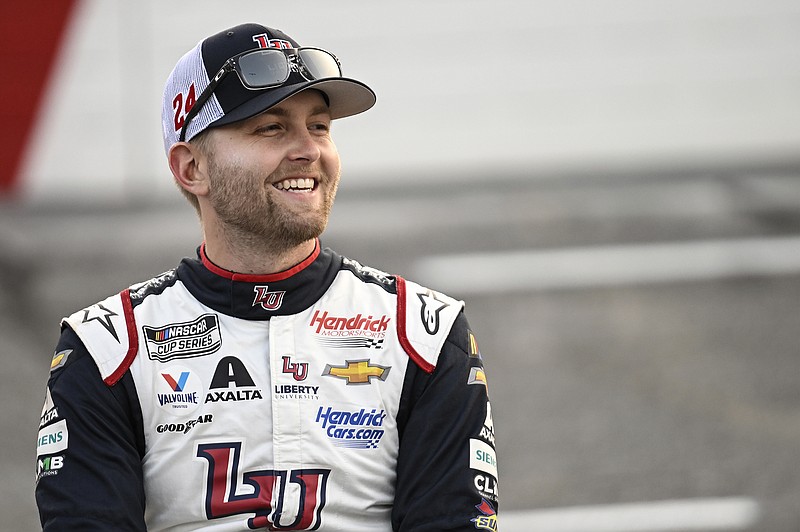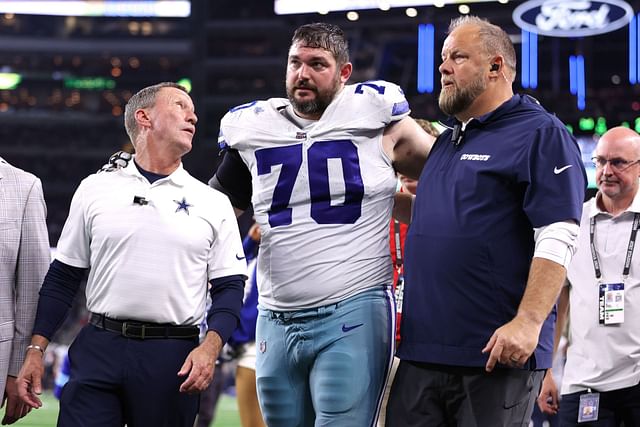William Byron is a name that resonates with NASCAR fans, a driver who has shown incredible promise and flashes of brilliance on the track. However, like every athlete in a competitive sport, he has faced setbacks. Byron’s recent performance has seen a sharp decline, a slump that’s taken him from a top contender to struggling for relevance in key races. As he heads into Kansas Speedway, the pressure is on. Byron is seeking redemption, and Kansas could be his stage for a dramatic comeback. But for that to happen, there are several key factors he must master to secure victory.
First and foremost, Byron needs to regain confidence in his car. NASCAR races are as much about the driver’s skill as they are about the car’s performance. In recent weeks, Byron’s results have shown that his car’s setup hasn’t quite clicked with the demands of the track. Whether it’s an issue with balance, tire wear, or aerodynamics, Byron needs to ensure that his team gets it right at Kansas. The Speedway is a 1.5-mile intermediate track, known for its smooth surface and progressive banking, which allows drivers to experiment with multiple racing lines. For Byron, this track provides the opportunity to get his car dialed in and find the perfect line that suits both his style and the car’s capabilities. Without a properly balanced car, no amount of driving talent can make up for lost speed.
To succeed at Kansas, Byron will also need to master the intricacies of the intermediate track. These tracks are often seen as the bread and butter of the NASCAR schedule, making up a significant portion of the season. Kansas Speedway, in particular, offers unique challenges that Byron must conquer if he wants to take the checkered flag. The track’s multi-groove layout means that drivers have the flexibility to race high, low, or anywhere in between, depending on where they find the most grip. Byron needs to identify the fastest line early in the race and adjust to changing track conditions as rubber builds up and temperatures shift throughout the event. Adapting to these subtle changes will be key to staying competitive throughout the 267-lap race.
Tire management is another crucial aspect Byron must master at Kansas. While the surface is relatively smooth, long green-flag runs can lead to significant tire degradation. If Byron pushes too hard early in a stint, he could find himself struggling with worn tires, unable to keep pace with the leaders. Conversely, conserving tires at the right moments can give him a strategic advantage, allowing him to attack later in a run when others are fading. Byron must find that delicate balance between aggression and patience, working with his team to determine the optimal time to push and when to hold back. Effective communication with his crew chief will be essential, as they navigate the delicate balance between speed and tire longevity.
Pit stops will also play a decisive role in Byron’s quest for victory. A single slow stop can ruin a race, especially on a track like Kansas, where track position is often hard to regain. Byron’s pit crew will need to be at their best, executing flawless stops under both green and caution conditions. Timing will be crucial, and Byron must ensure he’s not caught out by unexpected caution flags. A well-timed pit stop under caution can be the difference between gaining multiple positions or losing precious track time. He will need to stay sharp and in constant communication with his team to make the right calls at the right moments.
Beyond the physical demands of the race, Byron must also overcome the mental challenge of bouncing back from his recent struggles. NASCAR is a mentally demanding sport, and Byron’s recent dip in form may have shaken his confidence. To succeed at Kansas, he will need to block out the noise and pressure, staying focused on the task at hand. Every lap will present its own set of challenges, and Byron must approach each with clarity and purpose. Whether he’s leading the race or fighting to stay in the top ten, his mental strength will play a key role in his success. Staying calm, avoiding costly mistakes, and making smart decisions under pressure will be critical.
Perhaps most importantly, Byron must seize the moment. Kansas represents a turning point in his season, an opportunity to prove that he still belongs among the elite drivers in the sport. A victory here wouldn’t just break his slump, it would reset the trajectory of his entire year. Byron has the talent, the team, and the experience to succeed at Kansas, but it’s up to him to put all the pieces together when it matters most. This race could be the catalyst for a late-season surge, but only if Byron rises to the occasion and capitalizes on the opportunity before him.
In conclusion, William Byron’s road to redemption at Kansas won’t be an easy one, but the potential for victory is within reach. To come out on top, Byron will need to master his car setup, tire management, pit strategy, and, most importantly, his own mental fortitude. Kansas could be the moment that turns his season around, but it will require focus, determination, and flawless execution. If Byron can rise to the challenge, the steep decline in his performance could be just a temporary setback on his journey to success.




